Every October, National Protect Your Hearing Month serves as a critical reminder of the essential role that auditory health plays in our overall well-being. As dedicated advocates for workplace safety, STC recognizes the significance of preserving hearing health, especially in high-noise environments. This guide emphasizes the importance of being proactive in ensuring ear safety, outlining the necessary steps to minimize hearing damage risks.
Understanding the Risks of Occupational Noise
Noise-induced hearing loss (NIHL) remains a prevalent concern in many professions. STC is dedicated to educating workplaces about the dangers of prolonged exposure to loud noises. Regular exposure to sounds exceeding 85 decibels (dB) can lead to irreversible hearing damage. For context, most power tools and heavy machinery surpass this threshold, making it crucial for employees in industries like construction, manufacturing, or transportation to be especially vigilant.
Strategies for Ensuring Hearing Protection
Protecting Your Hearing isn’t solely about understanding the risks, it involves active prevention. Safety Training & Compliance recommends integrating regular hearing assessments into employee health check-ups. Additionally, providing noise-cancelling headphones and earplugs is an effective strategy. Training sessions to teach workers about proper ear protection usage can significantly reduce the chances of NIHL.
Emphasizing the Importance of Early Detection
Early detection is paramount in preventing further hearing deterioration. Safety Training & Compliance suggests that businesses create an environment where employees feel encouraged to report any hearing discomfort immediately. Offering regular hearing tests and fostering open communication can significantly help in identifying potential issues before they escalate.
In conclusion, National Protect Your Hearing Month is more than an annual event, it’s a prompt for businesses to reassess and reinforce their hearing protection measures. By understanding the risks, implementing protective strategies, and emphasizing early detection, workplaces can significantly reduce the threat of NIHL. Want to learn more about Protecting Your Hearing? Check out our blog today!
Photo Sourced from Getty Images: #1153748833












